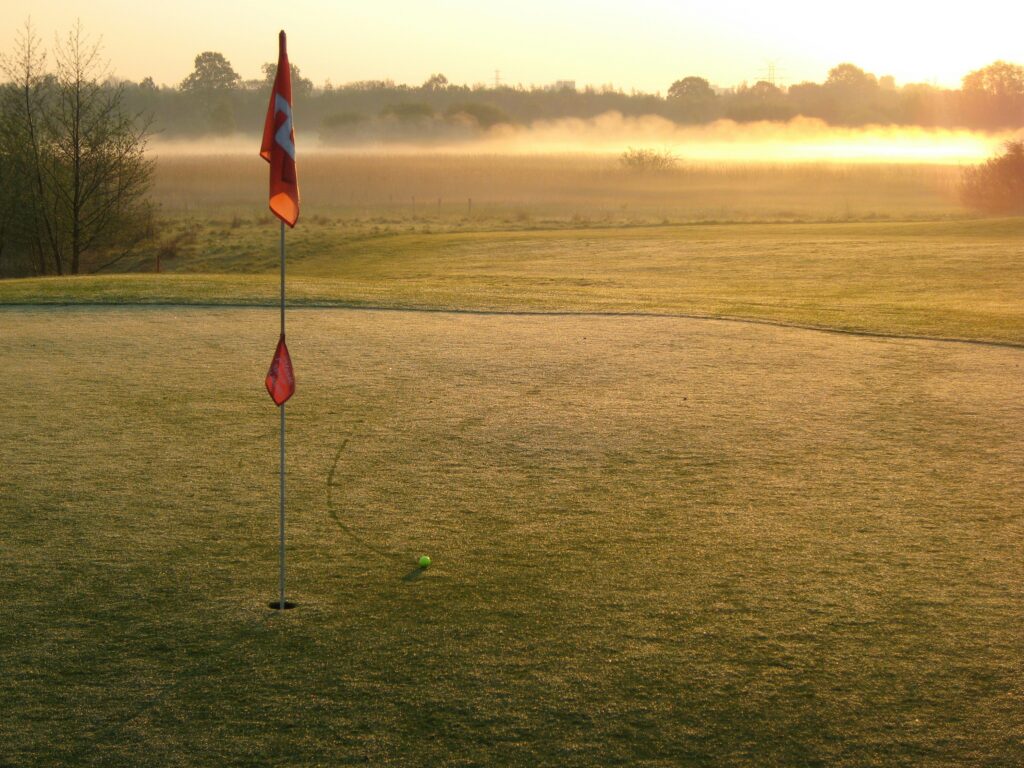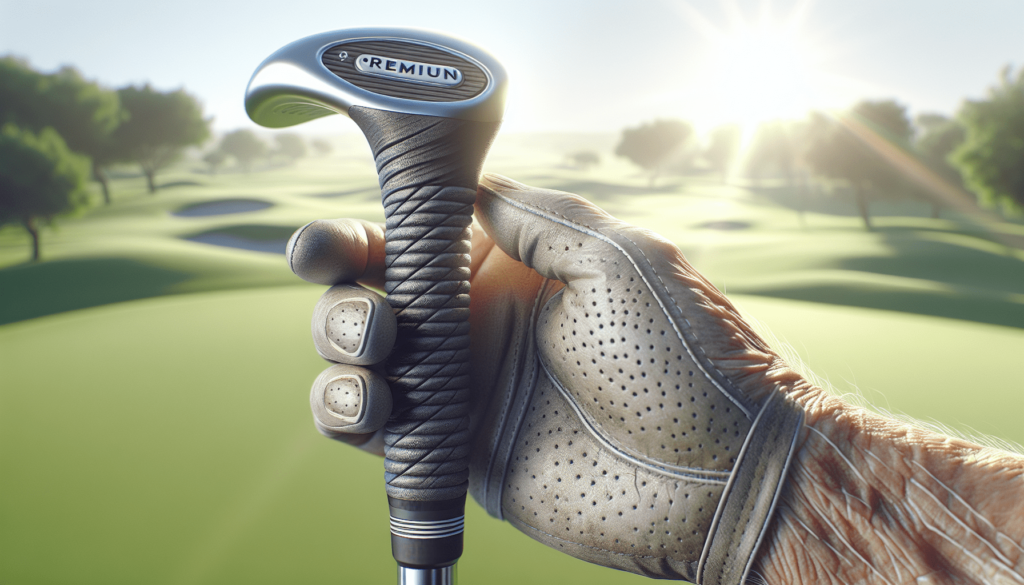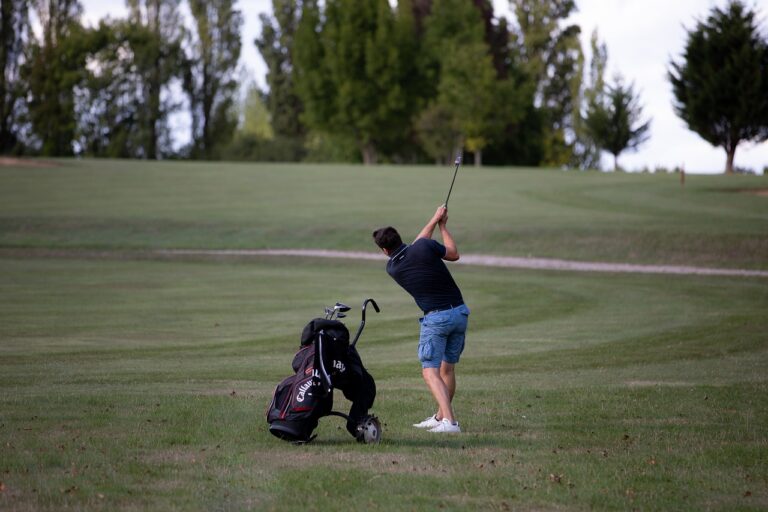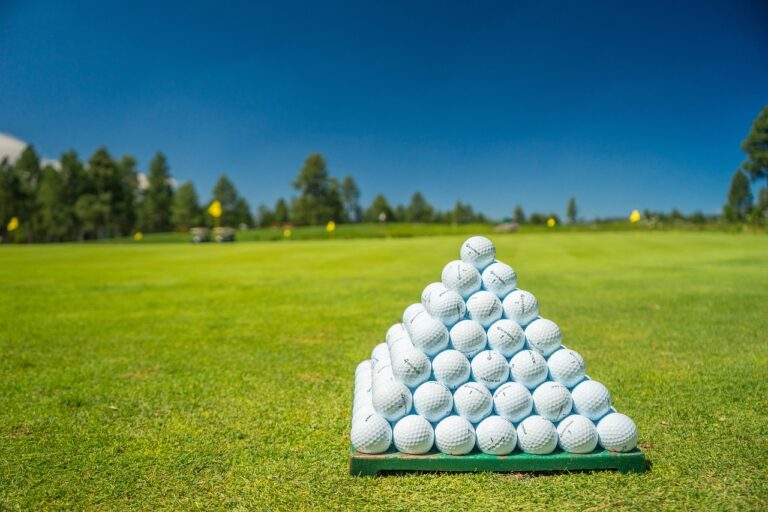Finding Comfort: Best Golf Grips for Seniors with Hand Pain
You’re on a quest for the perfect golf grip that brings comfort to your game, especially when hand pain threatens to keep you off the course. “Finding Comfort: Best Golf Grips for Seniors with Hand Pain” is your guide to discovering the top options tailored to ease discomfort and enhance your playing experience. Dive in to explore grips designed with your needs in mind, offering the perfect mix of cushioning and control so that every swing feels just right. Have you ever wondered if a better grip on your golf club could ease your hand pain and enhance your game? If you’re a senior grappling with hand pain, you’re not alone. Many golfers over the age of 50 experience discomfort due to arthritis, joint stiffness, or a weakened grip. However, the right golf grip can significantly lessen these issues and help you enjoy your game to the fullest.
Finding Comfort: Best Golf Grips for Seniors with Hand Pain
Choosing the right golf grip can seem like navigating a maze. There are so many options, materials, and designs, each promising to be the solution you need. But which ones actually deliver comfort and control, especially if you have hand pain? Let’s delve into the best options out there, and why they might just be your new best friends on the green.
Understanding the Challenge
First off, let’s get into the nitty-gritty of why hand pain is such a hurdle for seniors. As a golfer gets older, numerous factors like arthritis, reduced muscle strength, and joint issues contribute to discomfort. It’s not just about the pain; it’s about losing that tactile connection to the club, which directly impacts your swing and overall performance.
Common Causes of Hand Pain in Senior Golfers
Understanding the root of the problem can help address it more effectively. Here are some common causes:
- Arthritis: Osteoarthritis and rheumatoid arthritis affect the joints in your fingers and hands, causing pain, swelling, and stiffness.
- Weak Grip Strength: As muscles weaken with age, maintaining a firm yet comfortable grip on the club becomes challenging.
- Joint Issues: General wear and tear in the finger joints can lead to discomfort and a lack of dexterity.
- Previous Injuries: Past hand or wrist injuries can resurface as pain when gripping a club tightly.
What to Look for in Golf Grips for Seniors
Alright, so now you know the root causes and understand the challenges better. Let’s talk about what you’d want in a golf grip to help mitigate these issues.
Comfort and Cushioning
Comfort is key, and you’ll want a grip that feels good in your hands for the entirety of your game. Look for grips made of soft materials that provide cushioning to reduce the impact on your hands.
Size and Diameter
Grips come in various sizes and getting one that matches your hand size can make a world of difference. Oversize grips are often recommended for seniors with hand pain, as they reduce the amount of pressure needed to hold the club firmly.
Texture and Surface
A grip with the right texture will help you maintain control without needing to grip too hard. Ideally, you want a surface that provides adequate traction but is not too abrasive.
Shock Absorption
Some grips offer advanced shock-absorbing features to lessen the impact on your hands during a swing. These can be beneficial if you experience significant discomfort.

Types of Golf Grips for Seniors
Let’s go over some of the best types of golf grips that cater specifically to seniors with hand pain.
Rubber Grips
Rubber grips are a popular choice because they offer both comfort and durability. They tend to be soft yet provide adequate traction.
Advantages:
- Comfortable and soft
- Durable and long-lasting
- Good for all weather conditions
Disadvantages:
- May wear out faster with heavy use
- Can become slippery when wet if not maintained well
Corded Grips
Corded grips incorporate a fabric weave in the rubber, providing an enhanced grip in wet conditions. They are durable but might be slightly rough on the hands.
Advantages:
- Excellent grip, especially in wet conditions
- Durable and sturdy
Disadvantages:
- Can be abrasive, especially for sensitive skin
- Might be less comfortable for prolonged use
Hybrid Grips
Hybrid grips combine rubber and cord materials, aiming to offer a balance of comfort and durability. They can provide excellent shock absorption and a firm grip.
Advantages:
- Good balance of comfort and durability
- Effective in various weather conditions
Disadvantages:
- Can be expensive
- The texture can be hit-or-miss depending on personal preference
Midsize and Oversize Grips
These grips are slightly larger in diameter, reducing the need for your fingers to close tightly around the club. They can alleviate strain and offer better control for seniors.
Advantages:
- Easier to grip with less pressure
- Can alleviate joint strain
- Often come with additional cushioning
Disadvantages:
- May take time to get used to
- Not ideal for players preferring a tight, precise grip
Top Golf Grips for Seniors with Hand Pain
Ready for some specific recommendations? Here is a list of some of the top golf grips that could help ease your hand pain and improve your game.
| Golf Grip Brand | Description | Notable Features |
|---|---|---|
| Golf Pride CP2 Pro | Soft feel with high comfort and excellent shock absorption. | Control Core technology for stability, reduced torque, and a soft rubber design |
| Winn Dri-Tac | Known for its cushion and tackiness, ideal for soft yet firm grip. | Non-slip all-weather performance, excellent shock absorption |
| SuperStroke Cross Comfort | Combines a tacky outer layer with a firm inner layer for extra control. | Cross-traction texture for a non-slip feel and comfortable grip |
| Lamkin Arthritic Grip | Specifically designed for golfers with arthritis, offers thick and soft material. | Larger profile, finger grooves for better grip, easy on arthritic hands |
| Karma Velour Jumbo | Extra-wide design helps distribute pressure evenly across your hands. | Soft rubber composite, no-slip diamond pattern |

Maintenance and Replacement
Having the best golf grips is great, but maintaining them is essential to ensure they remain effective.
Cleaning Your Grips
Regular cleaning can extend the life of your grips and maintain their tackiness. Use mild soap and warm water to clean rubber grips, while corded grips might need a soft brush to remove dirt from the fabric weave.
When to Replace Your Grips
Even the best grips won’t last forever. Look out for signs like fading, cracking, or loss of texture and tackiness as indications that it’s time for a replacement.
Tips for Installing New Grips
Replacing your own grips can save you money and allow you to customize your clubs exactly how you like them.
What You’ll Need
You’ll require some basic tools:
- Double-sided tape
- Solvent
- Hook blade knife
- Vice clamp with a rubber insert
Step-by-Step Guide
- Remove the Old Grip: Use the hook blade knife to slice off the old grip.
- Clean the Shaft: Remove any old tape and residue from the shaft using the solvent.
- Apply New Tape: Wrap the double-sided tape down the length of the shaft.
- Add Solvent: Pour solvent over the tape and inside the new grip.
- Slide on the New Grip: Quickly slide the new grip onto the shaft while the solvent is still wet.
- Let It Dry: Allow it to dry for at least a couple of hours before use.

Customization and Personal Preferences
Not all grips will suit every golfer. Customizing and experimenting can help you find the perfect fit for your needs.
Trying Different Sizes
Start with midsize or oversize grips and see how they impact your comfort and performance.
Adjusting Firmness
Some golfers prefer a softer grip for more comfort, while others might want something firmer for better control. Test different materials and textures to find what works best for you.
Seek Professional Advice
Don’t hesitate to consult with a golf pro or a club fitter. They can offer invaluable insights and recommendations tailored to your specific needs.
Conclusion: Enhancing Your Game with the Right Grip
Finding the perfect golf grip can be a game-changer, especially for seniors dealing with hand pain. It’s not just about comfort; it’s about revitalizing your love for the game and maintaining your performance levels. Whether you need more cushioning, a larger diameter, or better shock absorption, the right grip can make a significant difference. Don’t let hand pain hold you back any longer—invest in the right grip and swing your way to a more enjoyable, pain-free experience on the green.
Remember, your best game is just a grip away! Happy golfing!








